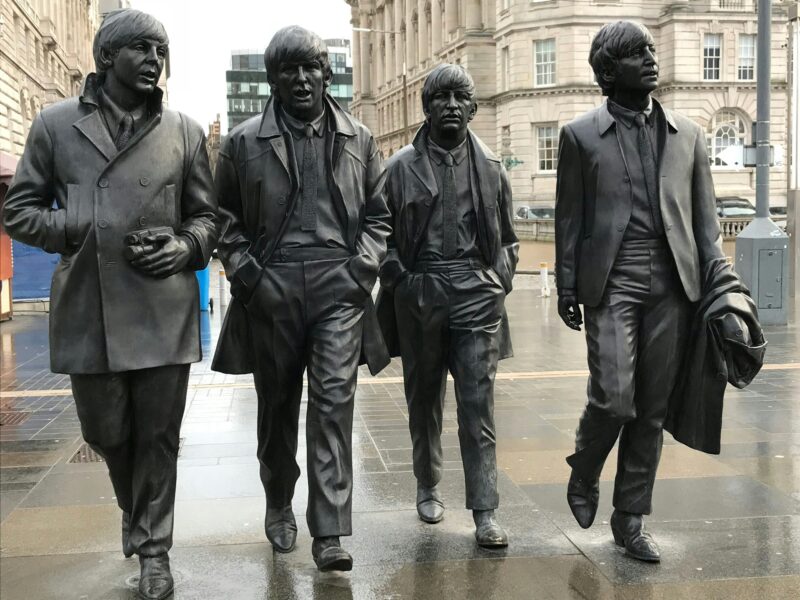
Camurri | The Waste Land
The Waste Land, arguably one of the most important poems of the English Language, was published exactly 100 years ago, in 1922. T. S. Eliot’s poem is widely regarded as a milestone of the Modernist canon, mostly because of its extensive use of some innovative formal techniques, such as the sudden and unforeseen changes of speaker. Another means of expression used by Eliot is the objective correlative. In his famous essay on Hamlet, Eliot states that ‘the only way of expressing emotion in the form of art is by finding an “objective correlative”; in other words, a set of objects, a situation, a chain of events which shall be the formula of that particular emotion; such that when the external facts, which must terminate in sensory experience, are given, the emotion is immediately evoked.’ A typical example of this technique in the poem is “a heap of broken images”, which probably represents the sense of loss caused by the First World War.
In a sense, The Waste Land can be viewed as the attempt of a journey through time: its frequent literary and cultural allusions include for example some books of the Old Testament, works dating back to the Middle Ages, such as Dante’s Divine Comedy, Elizabethan dramatists and 19th Century poets and musicians. Surprisingly, alongside these highbrow references, there also some lowbrow scenes taken from contemporary English society.
Besides, The Waste Land can also be considered a journey through space. In fact, it contains a considerable amount of quotations in several languages: to name a few, there are sentences in Latin, Italian, French and German, whereas the final lines of the poem are in Sanskrit. In 1948, T. S. Eliot was awarded the Nobel Prize in Literature “for his outstanding, pioneering contribution to present-day poetry”, principally for The Waste Land. But, in my opinion, credit should also be given to Ezra Pound. As a matter of fact, the various cuts and revisions made to the manuscript by Pound largely contributed to the ‘novelty effect’ of this revolutionary work. However, The Waste Land can also be seen as a journey through time in another sense: in fact, the enduring relevance and significance of this poem have defied the changing tendencies of English poetry in the last ten decades.



